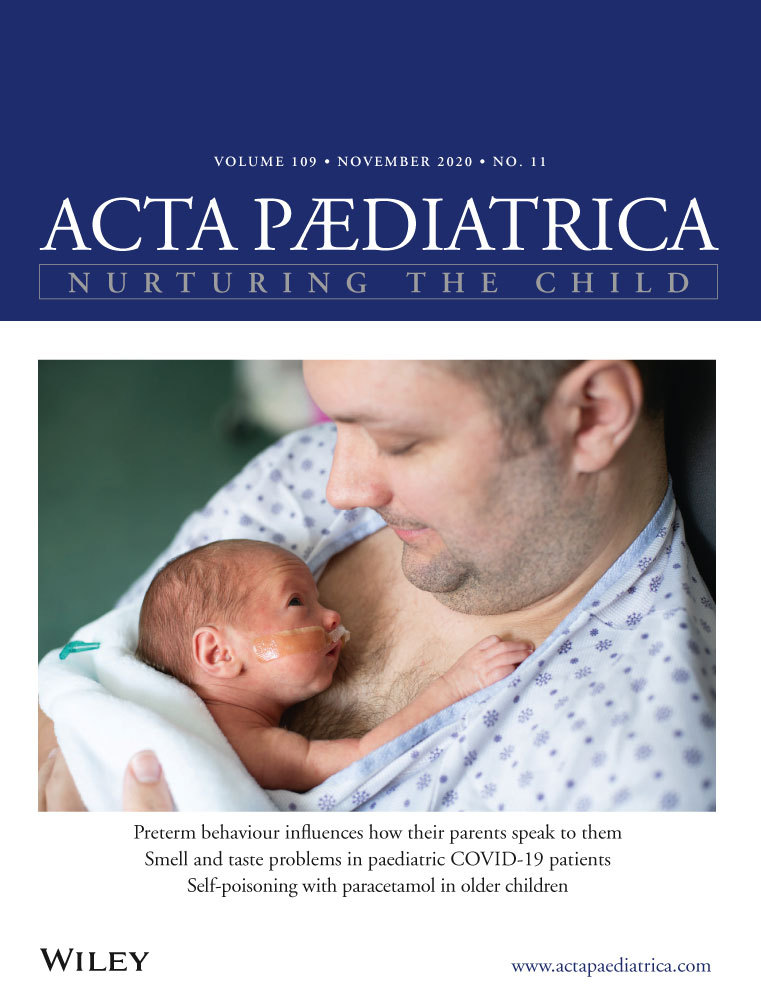A clinician’s guide to self-poisoning with paracetamol in youth: The what, when and why?
Funding
The authors did not receive funding for this manuscript.
Abstract
Aim
Deliberate self-poisoning or overdose is a common presentation to the paediatric emergency departments (ED) due to a lack of emergency access to child and adolescent mental health services. We overview medical and psychiatric assessment of overdoses in youth with the most commonly implicated drug, paracetamol, as a case study.
Methods
A what, when and why framework is adopted to guide clinicians on what information should be ascertained, when overdose treatment should be initiated and how to explore why the overdose occurred.
Results
Presentations are often asymptomatic while gastrointestinal symptoms offer an alarm signal for severe hepatotoxicity. A worst-case exposure amount and time elapsed since ingestion should be calculated to determine whether N-acetylcysteine treatment is indicated. Establishing reasons why the young person took the overdose, along with assessing the degree of remorse or regret, is crucial for discharge planning.
Conclusion
Given the importance of timely assessment and treatment, paediatric emergency staff need to be familiar with the protocol for care. Attention needs to be focused on both the medical and psychological risk, and staff need to consider the reasons behind the overdose and following a biopsychosocial assessment, ensure that the young person and family are adequately signposted for future mental health care if needed.
Graphical Abstract
CONFLICTS OF INTEREST
The authors have no conflicts of interest to declare.





